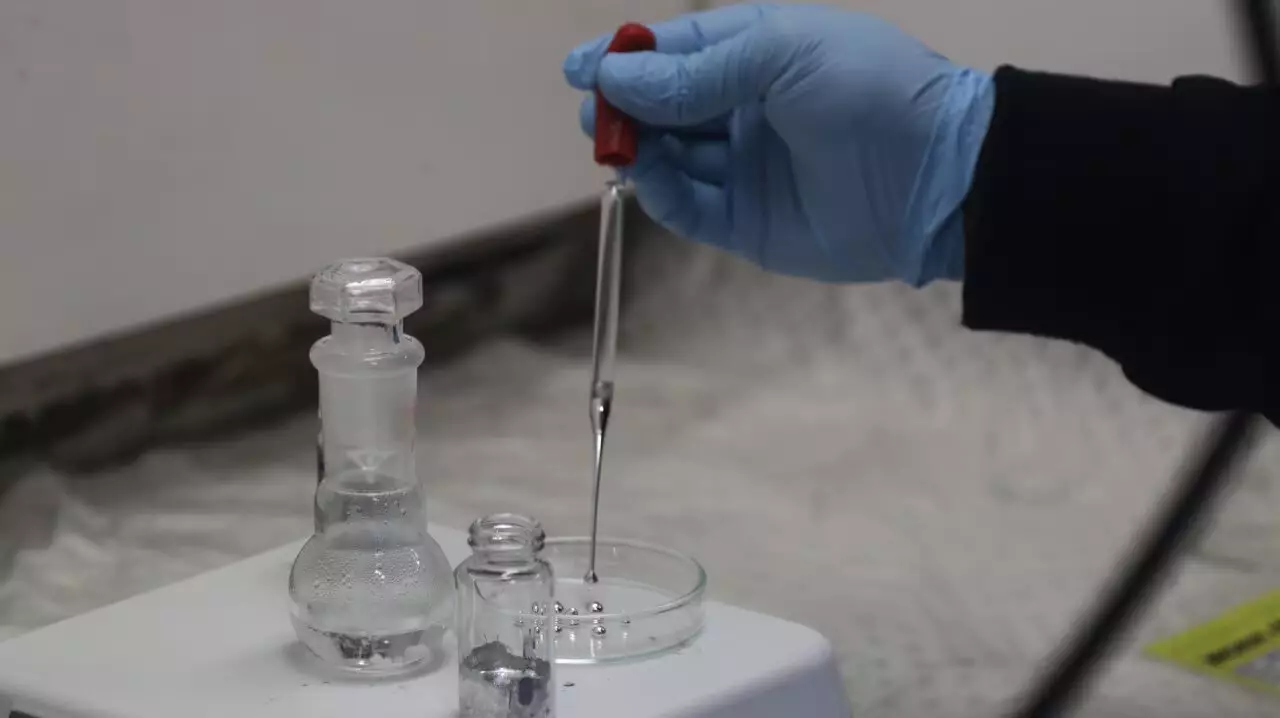In our quest for sustainability, it’s essential to scrutinize every facet of industrial processes, particularly in the chemical sector, which is a significant contributor to greenhouse gas emissions. Surprisingly, the chemical industry is responsible for about 10-15% of global emissions—figures that highlight an often-overlooked aspect of energy consumption. The production of everyday items, from plastics to fertilizers, demands tremendous energy input, spelling disaster for our environmental goals.
Liquid Metals: A Game-Changer in Chemical Processes
Research from the University of Sydney has unveiled a pioneering concept that could potentially revolutionize these processes: the use of liquid metals. This innovative approach aims to exploit the “atomic intelligence” found in these unique materials to facilitate greener chemical reactions. According to Professor Kourosh Kalantar-Zadeh, who spearheads the research, the traditional methods of chemical processing are inefficient and outdated. By leveraging the properties of liquid metals, we can unlock the potential for reactions that occur at significantly lower energy levels, an advantage that could drastically reduce carbon footprints.
Potential Applications and Benefits
The scope of this research is impressive, targeting a multitude of chemical reactions that serve various industries, including green hydrogen production and polymer synthesis. The challenge has always been the high temperatures required for these reactions, which not only consume vast amounts of energy but also lead to harmful emissions. Kalantar-Zadeh’s team proposes that liquid metal alloys can dissolve traditional catalytic metals like tin and silver at lower temperatures, thereby expediting these reactions without the excessive energy demands of standard practices.
Moreover, the ramifications of such a technology extend beyond mere emissions reduction. The ability to produce chemicals more sustainably can lead to a significant decrease in the environmental impact of several sectors, including agriculture and manufacturing. Imagine generating high-grade fertilizers or cleaning materials using liquid metals; the possibilities are both exciting and essential for a healthier planet.
An Untapped Resource with Limitless Potential
However, it’s worth noting that using liquid metals in chemical reactions is still in its infancy. Many chemical reactions rely on decades-old techniques that have long since passed their expiration dates. Kalantar-Zadeh emphasizes that while this new avenue is promising, much remains to be explored. The potential to transform the very foundation of our chemical industries could significantly alter both economic and environmental landscapes.
The research team’s past experiments point to a sustainable alternative that promises lower energy consumption and reduced emissions. With countless applications ranging from mitigating microplastic pollution to producing essential materials, the versatility of liquid metals could very well redefine the chemical manufacturing process.
While the transition to liquid metal chemistry will likely encounter challenges, the prospect of leveraging advanced materials in this manner must be pursued. As we push towards a greener future, innovative solutions like these are not just beneficial—they’re imperative for a world that increasingly demands sustainable practices in all aspects of production and consumption.


Leave a Reply